The Formula One season consists of a series of races, known as Grands Prix, held throughout the world on purpose-built circuits and public roads. Everybody included, from racing drivers, constructor teams, track officials, organisers, and circuits are required to be holders of valid Super Licences, the highest class of racing licence issued by the FIA.
At the en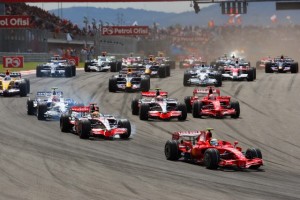 d of season, the drivers’ and constructors’ championship titles are awarded to the driver and constructor who score the most points over the course of the season.
d of season, the drivers’ and constructors’ championship titles are awarded to the driver and constructor who score the most points over the course of the season.
The top ten finishers in each Grand Prix score points towards both the drivers’ and the constructors’ world championships, according to the following scale: 1st – 25 points; 2nd – 18 points; 3rd – 15 points; 4th – 12 points; 5th – 10 points; 6th – 8 points; 7th – 6 points; 8th – 4 points; 9th – 2 points and 10th – 1 point.
The Racing Drivers
Formula One drivers are some of the most highly conditioned athletes on earth, their bodies specifically adapted to the very exacting requirements of top-flight single-seater motor racing.
All drivers who enter Formula One need to undergo a period of conditioning to the physical demands of the sport: no other race series on earth requires so much of its drivers in terms of stamina and endurance. The vast loadings that Formula One cars are capable of creating, anything up to a sustained 3.5 g of cornering force, for example, means drivers have to be enormously strong to be able to last for full race distances.
The extreme heat found in a Formula One cockpit, especially at the hotter rounds of the championship, also puts vast strain on the body: drivers can sweat off anything up to 3kg of their body weight during the course of a race.
Driver’s suite in basics consists of clothing, helmet and HANS, and there are some incredible facts about them:
– Drivers in driver clothing can survive for 11 seconds in temperatures of 840 degrees Celsius.
– Despite the cutting edge materials used in their construction, Formula One helmet liveries are still painted by hand. It’s an incredibly skilled job requiring hundreds of hours of work for more complicated patterns and designs.
– Head and Neck Support (HANS) is intended to prevent a stretching of the vertebrae and to prevent the driver’s head from hitting the steering wheel. In tests HANS was shown to reduce typical head motion in an accident by 44 percent, the force applied to the neck by 86 percent and the acceleration applied to the head by 68 percent – bringing the figures for even large impacts under the “injury threshold”.
Race Strategy
Part science, part art – a decent strategy is essential to the business of winning races. Or, indeed, losing them. The basic variables of the equation are simple enough: fuel load and tyre wear. But from then on, it gets vastly more complicated.
Regardless of rules, there are certain factors that must always be considered. Data such as weather forecasts, the likelihood of overtaking at a particular track, the length of the pit lane and even the chances of an accident likely to require the use of the safety car all come into play when deciding strategy. And, of course, one of the largest ingredients remains, as always, luck.
Race Control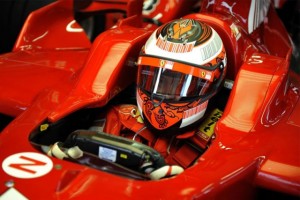
At every Grand Prix meeting there are seven key race officials who monitor and control the activities of the stewards and marshals to ensure the smooth and safe running of the event in accordance with FIA regulations.
Facilities vary between different circuits, but all will have several key features essential to allowing the FIA Race Director and his staff to make the right decisions to keep things safe, legal and to schedule.
Screens provide images from every part of the circuit with a dedicated Closed Circuit Television (CCTV) system. This enables the location of problems to be detected quickly – and the appropriate action taken.
There is also telephone and radio contact with the principal marshals’ posts, safety car, medical response car and the medical centre, so that in the event of any major problem the Race Director can remain in full contact with the relevant people.
Logistics
For Formula One racing teams one of the biggest battles of a race weekend or testing session will be over before a car even turns a wheel: the vast logistical effort required to get all of the team’s equipment to the circuit. Indeed each team competing in the FIA Formula One World Championship now travels something like 160,000 kilometres a year between races and test sessions.
Nor is the logistical effort as simple as merely getting people and equipment in place. Hotel accommodation must also be found and booked (a team can require anything up to 100 rooms), hire cars must be sourced and the team’s facilities at the circuit – from the pit garage equipment to the drivers’ motorhomes and the paddock corporate hospitality units must all be in place.
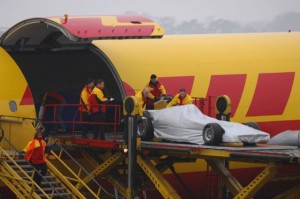 Almost equally important, in this digital age, are the secure data links that connect the team to its base, enabling telemetry and other data to be sent directly back (which in turn allows engineers to study any potential problems, even while the race is running). All-in-all, an enormous task.
Almost equally important, in this digital age, are the secure data links that connect the team to its base, enabling telemetry and other data to be sent directly back (which in turn allows engineers to study any potential problems, even while the race is running). All-in-all, an enormous task.
For the European rounds of the championship most of a team’s equipment will travel by road, in the liveried articulated lorries so familiar from race paddocks across the continent. All of the race equipment required for the weekend will be loaded in these: cars, spare parts and tools. Most teams will “pack” three cars, one spare chassis and several spare engines plus a full kit of other spares. Tyres, fuel and certain other equipment are brought separately by technical partners and local contractors.
For the non-European “flyaway” races the logistical effort is considerably more complicated (all Formula One teams being resident in Europe at the moment) as equipment has to be flown out on transport planes.
Rather than use conventional aircraft containers, teams have created their own specially designed cargo crates, designed to fill all available space in the planes’ holds.
At present most of the teams use cargo planes chartered by Formula One Management (FOM) which fly from London and Munich to wherever the race is being held. In the case of successive flyaway races there is insufficient time between them to allow the teams’ equipment to be brought home, meaning direct transit between the two races. This means that considerably more components have to be packed.
As the number of races outside Europe continues to expand, so the logistical effort required to transport the teams and their equipment will expand alongside it.


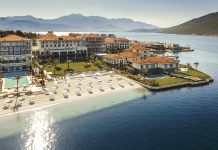







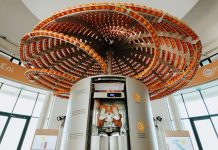









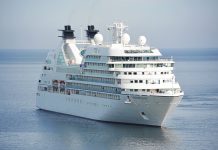

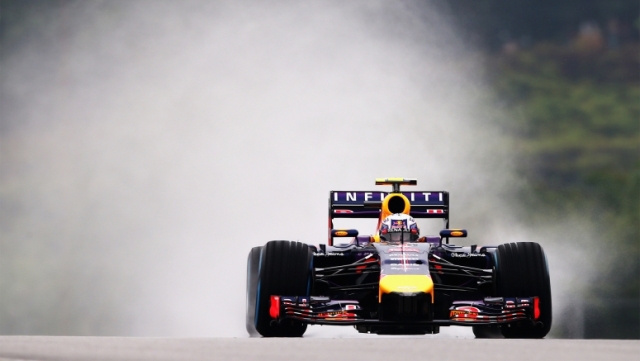














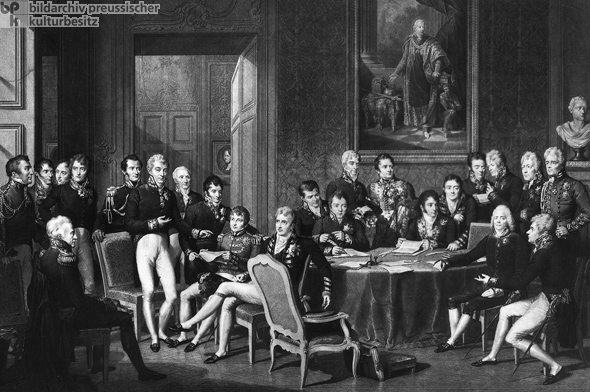

 Srpski
Srpski English
English